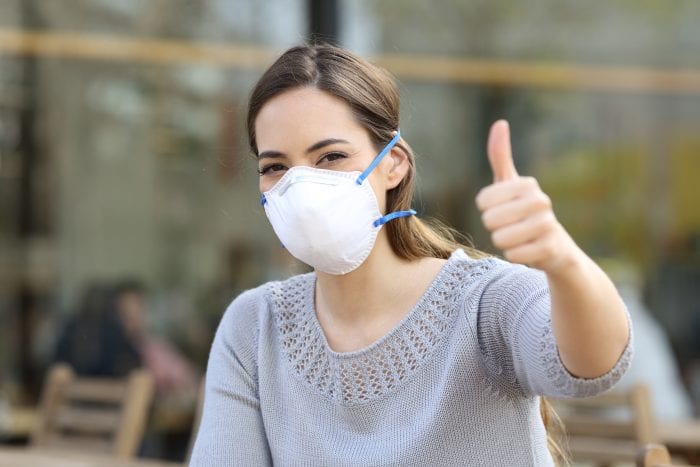County COVID-19 hospitalizations and infections decreasing
Even as the newer omicron subvariant of COVID-19 continues to spread throughout Long Island, hospitalizations and infections have been lower.
Hospitalizations, which had risen to 490 in mid-May from about 130 in early April, have been “slowly declining for the past week or two,” according to Dr. Gregson Pigott, commissioner of the Suffolk County Department of Health Service.
Area health care professionals suggested that the severity of symptoms also had eased up.
“COVID hospitalization rates are lower than in prior COVID waves,” Dr. Adrian Popp, chair of infection control at Huntington Hospital, explained in an email. Most of the patients have mild to moderate illnesses, although Huntington Hospital still does have some severe cases and/or a COVID-related death.
The average number of positive tests per 100,000 people in Suffolk County has declined from recent peaks. As of June 3, the 7-day average number of positive PCR and rapid tests per 100,000 people was 33, which is down from 52 on May 27 and 67.7 on May 20, according to New York State Department of Health data.
“If anything, Suffolk County rates are dropping,” said Dr. Michel Khlat, chief medical officer at St. Catherine of Siena in Smithtown. “We’re seeing a drop in inpatient cases.”
Many of the cases St. Catherine is finding are incidental, as the hospital tests for the virus in connection with other procedures.
At this point, the newer subvariant of omicron, called BA 2.12.1, accounted for 78.1% of the positive samples collected between May 22 and May 28 in New York, which is up from 593% in the prior two weeks, according to figures from the New York State Department of Health.
“Preliminary data suggest that Omicron may cause more mild disease, although some people may still have severe disease, need hospitalization, and could die from the infection with this variant,” Pigott added in an email.
Khlat suggested that hospitals aren’t tracking the type of variant. Even if they did, it wouldn’t alter the way they treated patients.
“It doesn’t make a difference” whether someone has one or another subtype of omicron, Khlat said. The treatment is identical.
Area doctors and medical care professionals continue to recommend that residents over 50 receive a second booster, particularly if they are immunocompromised or have other health complications.
“People over 50 should get the booster — it decreases the severity of COVID,” explained Popp.
Like much of the rest of the country, some Long Islanders have also contracted COVID more than once. The reinfection rate per 100,000 is currently 7.3%, according to New York State Department of Health figures.
“We are certainly seeing symptomatic COVID infections in persons who report having COVID at the beginning of this year or last year,” Dr. Susan Donelan, medical director of the Healthcare Epidemiology Department at Stony Brook Medicine, explained in an email.
Popp explained that natural immunity from a COVID infection generally lasts about two to three months. Vaccine-related immunity generally lasts twice that duration, for about four to six months.
Doctors continue to urge caution during larger, poorly-ventilated indoor gatherings.
“Close crowds without masks, in an indoor setting with poor air flow, would be one version of a scenario with potential super-spreader potential,” Donelan explained.
Donelan said Stony Brook encouraged staff and patients to consider receiving boosters when they are eligible.
Popp believes wearing masks indoors while in a large gathering is a “reasonable” measure. That includes theaters, airplanes, buses and trains.
At Huntington Hospital, meetings continue to take place online.
“We decided as an organization that the risk of transmission is high enough to continue these measures,” Popp wrote. “We cannot afford to lose team members to COVID since it can negatively impact our operation.”







